You're going to Israel? Don't miss the visit of the Massada complex, an emblematic place in the country.
Perched above the plains of the desert of Judea, the complex of Massada is an ancient fortress built between 37 and 15 before Jesus Christ. Constituted with several palaces and impressive fortifications, the fortress housed a garrison. She then had a decisive role in the history of Israel and now remains a symbol for many Jews from all over the world.
Over 400 metres above the plain, it offers breathtaking views of the surrounding desert and the Dead Sea! In addition to the exceptional landscape around the site, visit the Massada complex offers you the opportunity to dive into its history, through the preserved vestiges. In this article, we explain everything you need to know to visit the Massada complex.
- Visit the Dead Sea in Israel: full guide
- Discovering the treasures of Israel with Arché Travel
History of the Massada complex
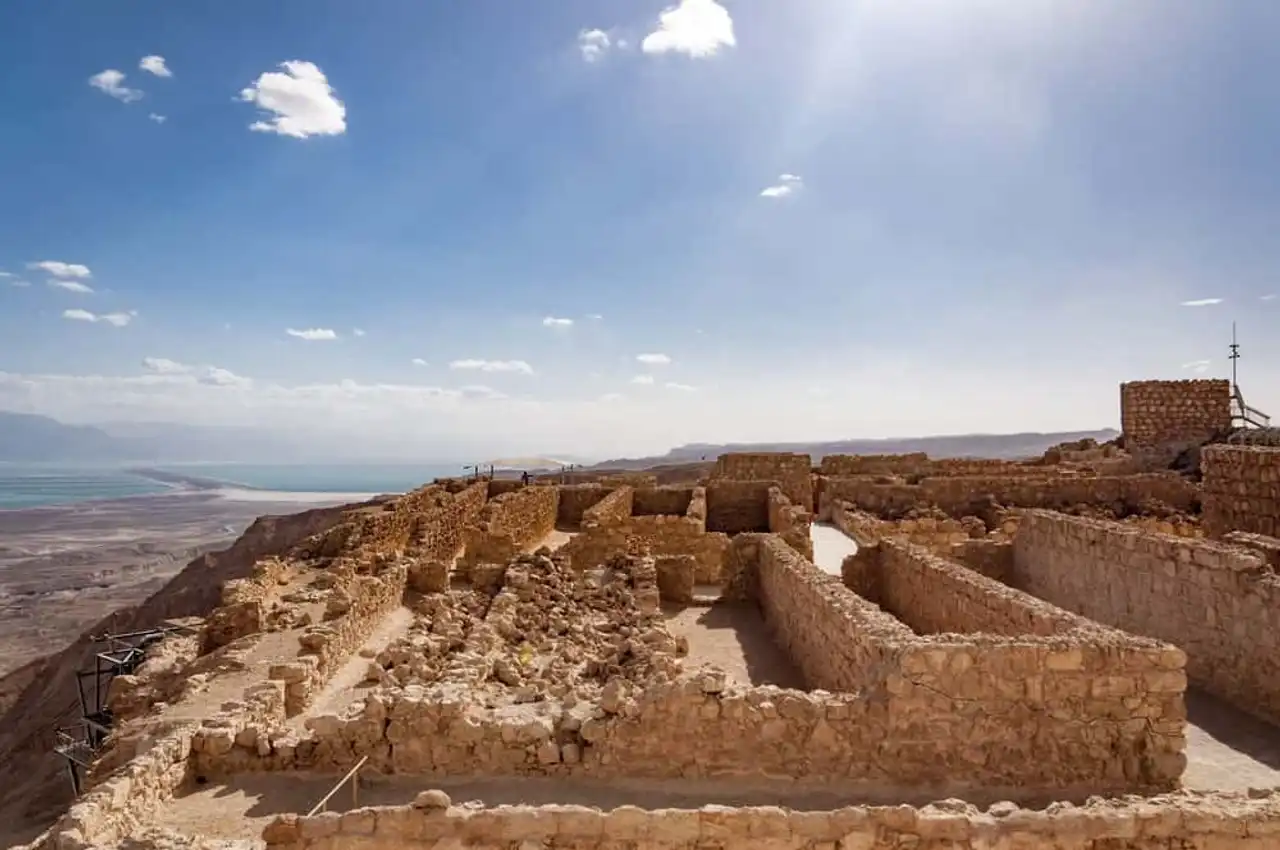
Photo credit: Shutterstock – Framalicious
Massada means "fortress" in Hebrews. This citadel is a high place in the history of Israel, built by the king Herod the Great as a refuge against a possible Egyptian invasion. But it was a hundred years later that Massada’s history became a legend.
After the capture of Jerusalem in 70 by the Romans, a group of Jewish rebels, the Zelotes , took refuge in the citadel. They lived in this base for 3 years in resistance to Roman attacks. But in 72, the general commander of the Roman army of Judea undertook an offensive on Massada. A troop of 8,000 Romans surrounded the citadel. It was then surrounded by cliffs and accessible by a single path called the path of the snake, making it very difficult any attack like any escape.
The few 1,000 Jewish rebels were sure that the fortress would hold. They had weapons, food and easily controlled the way. It was without counting on the ingenuity and cruelty of the Romans. They decided to raise a ramp more than 100 metres high to reach the castle walls. They used slaves, Hebrew prisoners, to move thousands of tons of stones and earth.
The ramp was completed after 7 months, which allowed the Romans to sink the doors of the fortress in April 73 with the help of siege-engins. But when they entered the enclosure, they discovered the buildings on fire and all the dead besieges. They had preferred collective suicide and the destruction of their citadel rather than drop it in the hands of the enemy. They had left the food reserves intact to prove that they had remained alive and proud until the end.
For this legendary story and the exceptional beauty that surrounds the site, the Massada complex was classified at Unesco in 2001.
Our tips to visit the Massada complex
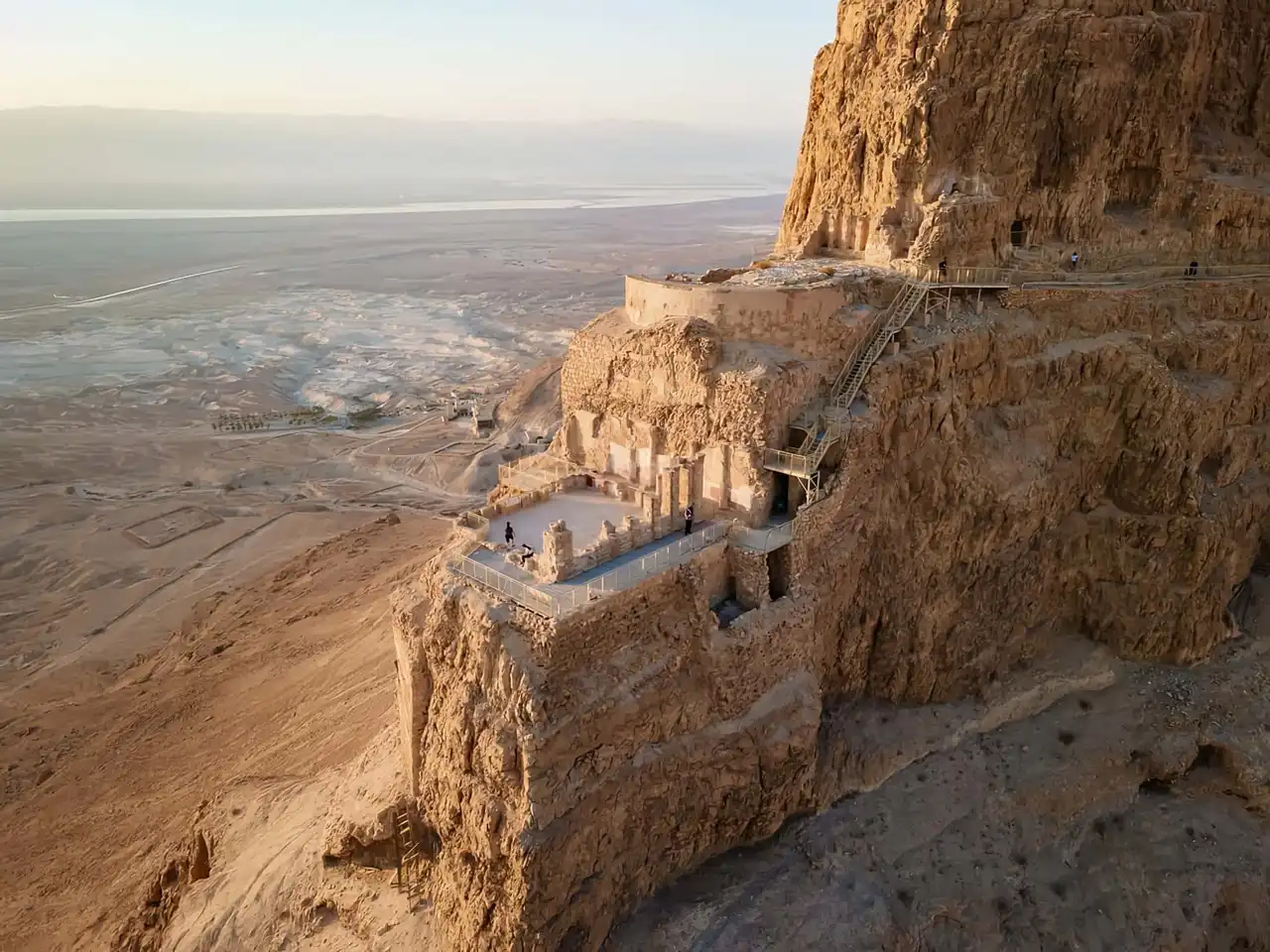
Photo credit: Shutterstock – Dmitriy Feldman svarshik
Think about having a sunscreen index 50, glasses and a hat, the sun is extremely hot In the desert. Preferably visit the Massada complex at the coolest times of the day, at dawn and dusk.
If you want to take the path of the snake, know that it closes at 9 a.m. the hot days, 8 a.m. in case of extreme heat. You'll have to predict your climbing time depending on these hazards. The Roman ramp remains accessible by all times.
The seat ramp and the snake path are not accessible to people with reduced mobility. On the other hand, they can go to all facilities in the east and west entrances, as well as to the plateau thanks to a cable car.
What to see and what to do at the Massada complex?
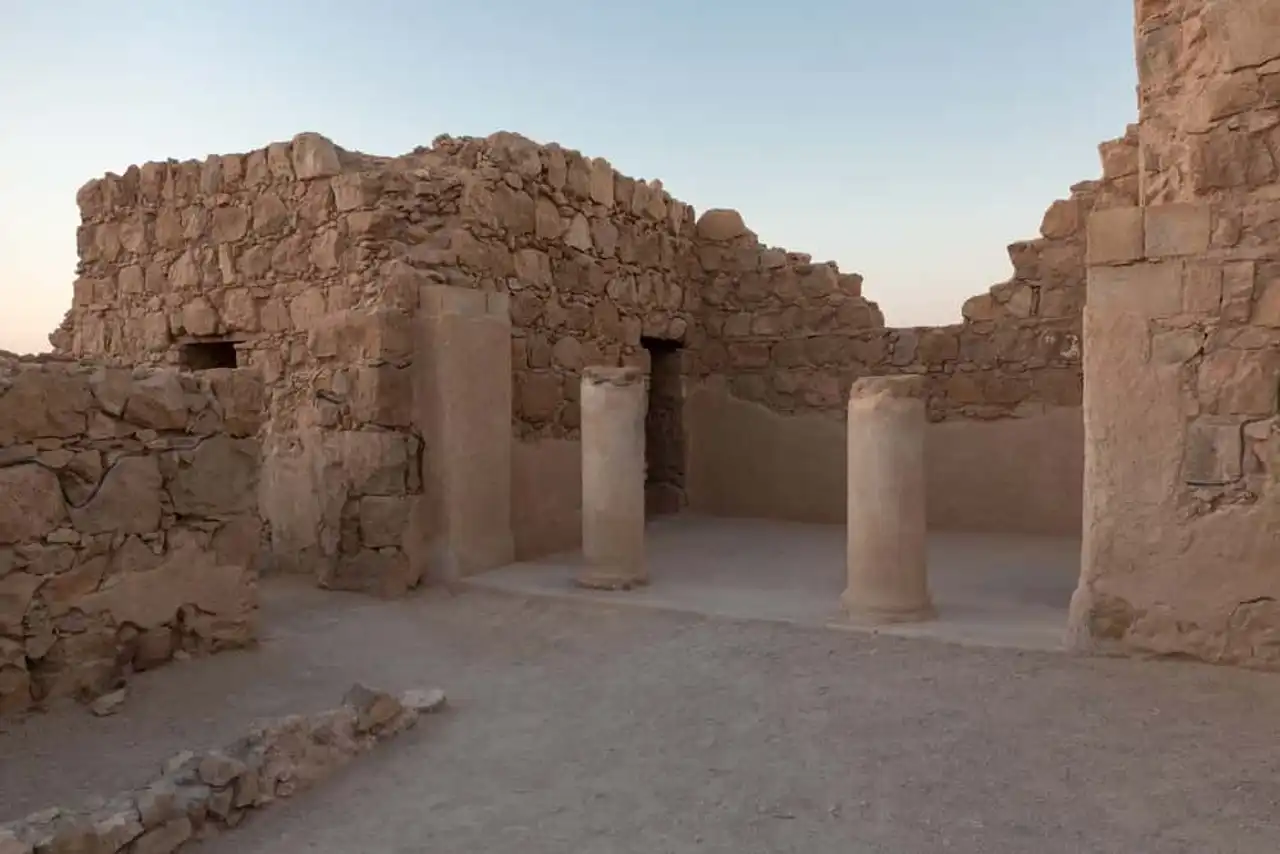
Photo credit: Shutterstock – Dmitriy Feldman svarshik
You have several ways to get to the site. You can follow the snake path for an ascent of one hour, the Roman seat ramp in 30 minutes or use the cable car.
Once on the plateau you will discover the North Palace, a vestige of the private palace of Herod. It has three levels with beautiful mosaic floors. The synagogue contains a collection of articles dating from the revolt and the siege, among which are papyrus . You will then enter the pottery room, which houses slippers bearing the names of some rebels who lived in the fortress.
You will have to head to the West Palace, also built under Érode, with an impressive area of 3,700 m2. You will discover the throne room or the baths. Along the serpent's path is the commanding officer's office. In the south of the plateau, 64 steps lead you to one of the tanks that allowed the inhabitants to resist the Roman siege thanks to an ingenious water recovery system.
A sound and light show is also offered to you every evening, an incredible experience if you come to visit the Masada complex! You can then sleep at the campsite for an unforgettable night in the desert, illuminated by the sparkling stars. In the morning, climb the ramp to admire the sun rising on the plains of Judea.
How much does a ticket cost to the Massada complex?
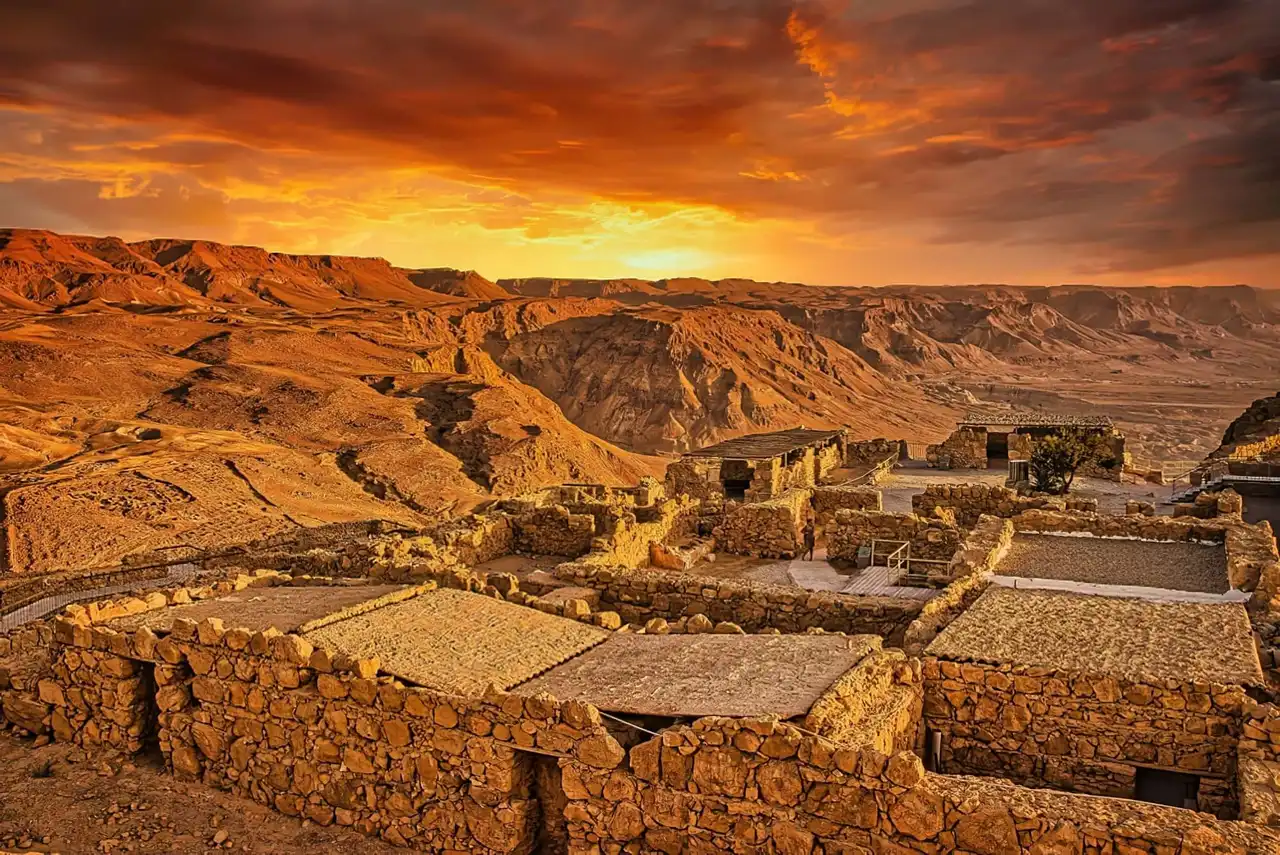
Photo credit: Shutterstock – fabulousparis
Cable-free entrance
- Adult: 31 shekels 8€ ;
- Young : 17 shekels or 4.5€ ;
- Adult group: 26 shekels or 7€ ;
- Youth group: 14 shekels €3.7 ;
- Student: 26 shekels 7€ ;
- Museum: 20 shekels €5.3.
Cable note (without entry):
- Adult: 28 shekels €7.4 go, 46 shekels be 12€ return;
- Young : 14 shekels or €3.7 go, 28 shekels or €7.4 Go back.
How to book an online ticket for the Massada complex?
You can visit the official site of the Israeli National Parks, the entrance to the site is made by reservation only. Also note that many agencies allow you to book an online trip in advance.
Thus, you are sure to have a place for the niche where you come to visit the Massada complex.
Schedule
Summer hours :
- Every day except Friday: 8 a.m. to 5 p.m. ;
- Friday and evenings of parties: 8 a.m. to 4 p.m..
Winter times :
- Every day except Friday: 8 a.m. to 4 p.m. ;
- Friday and evenings of parties: 8 a.m. to 3 p.m..
The path of the serpent opens one hour before sunrise and close one hour before site closure . The Roman slope opens 30 minutes before sunrise and close 15 minutes before site closure .
How to access the Massada complex?
By bus
Massada is 100 kilometres south of Jerusalem . The journey lasts between 2 hours and 2:30 . The departure station is the Central Bus Station, also known as Tahana Merkazit.
To visit the Massada complex, you can choose the bus 444 towards Eilat or bus 486 to Neve Zohar. The bus stops at Masada Junction, then you will have to reach the entrance of the site on foot. This walk is 2.7 kilometers. Taxis sometimes wait at the junction.
By car
The site is 18 kilometres south of Ein Gedi and 12 kilometres north of Ein Bokek, two seaside towns on the shores of the Dead Sea. In both cases, you will follow it road 90 then turn to the Masada Junction to reach the east entrance of the complex. To arrive by the west entrance, you will have to reach the city of Arad and then borrow the road 3199 .
Are there tickets combined with other locations?
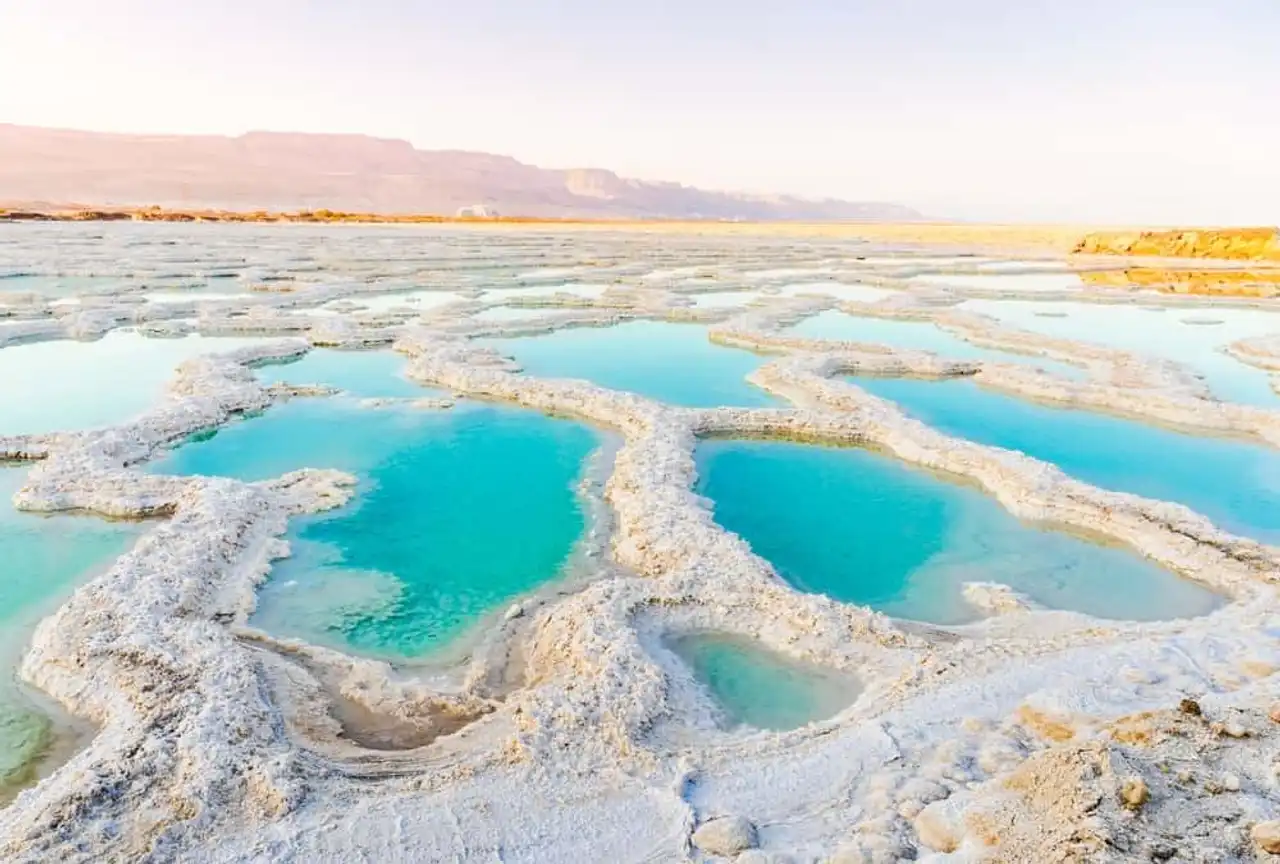
Photo credit: Shutterstock – Olesya Baron
The Israel Pass map allows you to visit the Massada complex and other national parks such as Eilat, Qumran or Ein Gedi. It is valid for 15 days, allowing you to discover many sites throughout your holiday.
Otherwise, many agencies offer day trips to visit the Massada complex and other attractions of the same area. In general, these circuits include a swim in the Dead Sea (unforgetable) and a walk in the natural reserve of Ein Gedi, from Jerusalem or Tel Aviv.
Where to stay near the Massada complex?
If you want to sleep as close as possible to visit the Massada complex, there are several options available to you. You can stay at Hi Masada Hostel , located close to the entrance is and has a swimming pool. On the west side you can sleep in a tent at the National Park campsite for an unusual night in the desert. If you plan to spend several days on site, you can also rent one Airbnb .
Otherwise, the resorts of Ein Gedi and Ein Bokek have several luxury establishments, lodges and campsites. You will combine your visit to the Massada complex with a stay on the banks of the Dead Sea.
So, ready to pack?
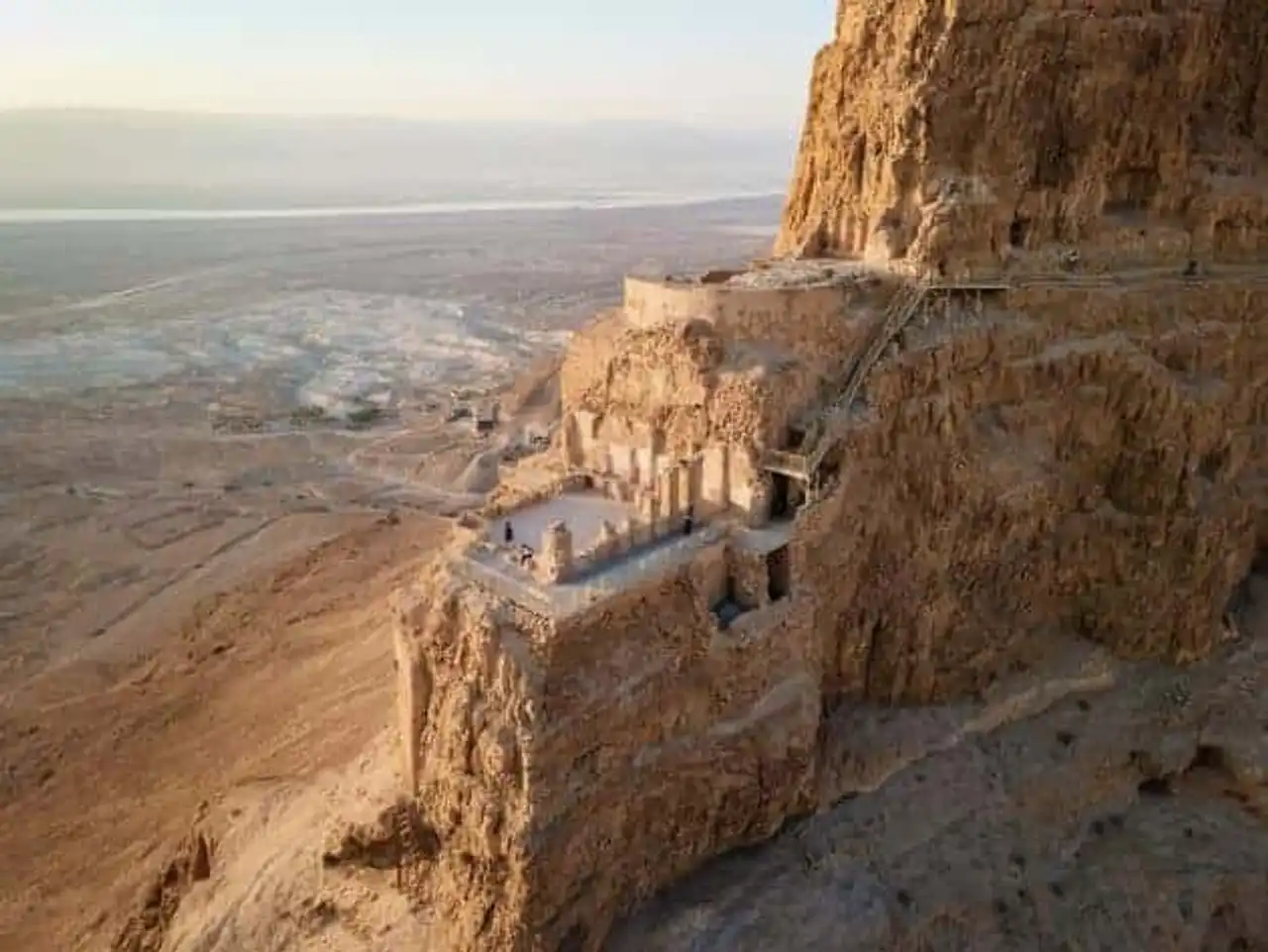





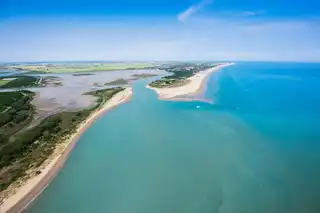

Loading comments ...